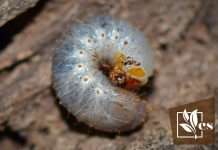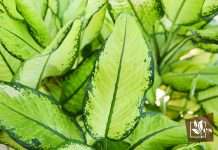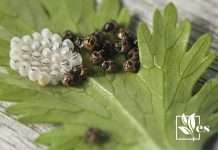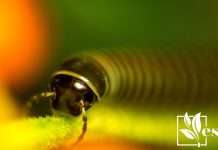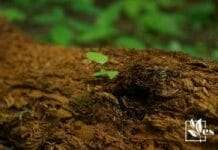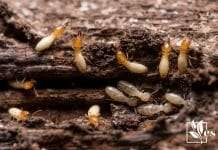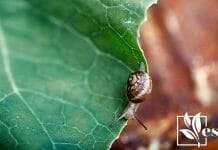As a gardener, I’m often exploring ways to tackle weeds effectively and safely, particularly when it comes to the persistent issue of ragweed. This invasive weed can take hold in gardens quickly, spreading allergens and crowding out desired plants. One popular natural approach to weed control that’s frequently discussed is the use of vinegar. Its main component, acetic acid, is known for its desiccating properties, which can indeed be potent against weeds like ragweed when applied correctly.
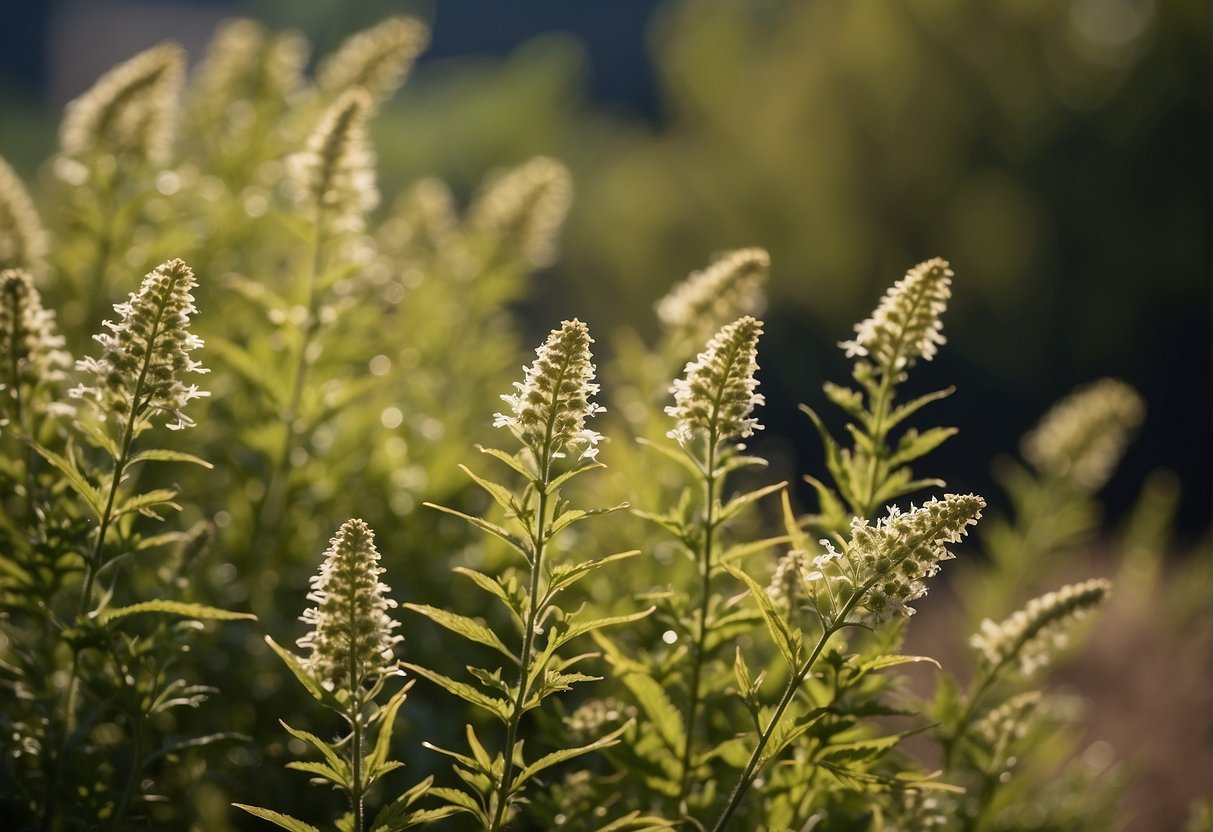
Using vinegar as a weed killer is based on its ability to draw moisture out of foliage, leading to dehydration and death of the plant. Horticultural vinegars, with an acetic acid concentration of 20% or higher, are recommended for this purpose due to their enhanced strength compared to regular household vinegar. It’s important to note, though, that while vinegar can be effective on small annual weeds, larger or perennial species may require repeated applications for full eradication.
Vinegar, particularly horticultural vinegar with higher acetic acid content, can kill ragweed effectively. Its use as a natural weed control method is valued for being non-toxic and eco-friendly.
JUMP TO TOPIC
Identifying Common Weeds and Their Effects on the Garden
I understand how vital it is to recognize common garden weeds such as ragweed. Not only do they compete with plants for resources, but they can also degrade soil quality and trigger allergies.
The Impact of Weeds on Plant Health and Soil Quality
Weeds like common ragweed vigorously compete with my garden plants for water, nutrients, and light. Over time, this competition can significantly impede the growth and health of plants I wish to cultivate. Additionally, some weeds may also alter the soil’s pH or nutrient balance, making the environment less hospitable for preferred plant species.
Differentiating Between Weed Types
It’s crucial to differentiate between annual and perennial weeds. I typically identify common ragweed by its fern-like leaves and gritty texture. Recognizing whether a weed is annual or perennial affects my approach to managing them since perennial weeds like ragweed can be more challenging to control due to their robust root systems.
Recognizing Symptoms of Allergies Caused by Weeds
Ragweed pollen is notorious for triggering allergic reactions in many individuals, including myself. Symptoms like watery eyes, sneezing, and runny nose are common during its pollen season. Therefore, timely identification and removal are essential not only for the health of my garden but also for the well-being of those around me who may suffer from such allergies.
Natural and Chemical Weed Control Strategies
In my experience as a gardener, effectively controlling weeds like ragweed involves combining natural solutions with chemical herbicides. I’ve found that knowing the right homemade recipe, the trade-offs between organic and chemical options, and the proper use of commercial products like glyphosate can make a significant difference in managing these invasive plants.
Homemade Weed Killer Recipes with Household Items
I often turn to my pantry for natural weed control methods, crafting a homemade vinegar weed killer. A simple recipe I use involves:
- 1 gallon of white vinegar (with 5% acetic acid)
- 1 cup of table salt
- 1 tablespoon of dish soap
This mixture can be put in a spray bottle and applied directly to the leaves of ragweed. It’s crucial to apply it on a sunny day as the sunlight enhances the acetic acid’s ability to dry out the weed.
Pros and Cons of Organic Versus Chemical Herbicides
When considering organic methods like vinegar, it’s important to weigh the advantages and limitations:
Pros:
- Eco-friendly: Less harmful to the environment and non-target organisms.
- Accessibility: Easily prepared with common household items.
Cons:
- Effectiveness: May only burn the foliage without killing the roots, requiring multiple applications.
- Non-selective: Can harm other plants if not applied carefully.
Chemical herbicides, on the other hand, are often more potent and persistent. They do pose a risk of environmental contamination and may affect beneficial insects.
Effectiveness and Safe Use of Glyphosate
Glyphosate is a widely used non-selective herbicide that I find effective against ragweed. It works as a systemic herbicide, killing the entire plant, roots included. When using glyphosate:
- I follow the Environmental Protection Agency (EPA) guidelines to minimize environmental impact.
- I ensure that the product includes a surfactant to improve adhesion to leaves.
- I apply it carefully to prevent drift to non-target plants.
It’s essential to use glyphosate responsibly and according to label instructions. With judicious use, it can be a powerful tool in weed management.
Combining these strategies with diligence and understanding their proper application will lead to a healthier, weed-free garden.
Lawn Care and Maintaining a Healthy Garden Environment
I understand that a healthy lawn is more than just visually pleasing—it’s a crucial barrier against invasive plants like ragweed. By keeping my lawn robust, I can prevent weeds naturally, without relying heavily on chemicals.
Preventing Weeds with Proper Lawn Maintenance
Maintaining a lush lawn is my first line of defense against weeds. Here’s what I keep in mind:
- Mowing: Regular mowing keeps grass at the ideal height to ward off weeds like ragweed, which prefer shorter turf to establish themselves.
- Nutrients: I ensure my lawn is fed the right balance of nutrients, creating competitive conditions for weeds by enhancing turf health.
- Watering: Adequate and timely watering encourages deep root growth, which helps grass outcompete weeds for water and nutrients.
- Soil care: Healthy soil is key. I aerate the soil to prevent compaction, allowing roots to grow deeply and the lawn to stay weed-free.
Addressing Common Lawn Pests and Diseases
Alongside weedy invaders, I keep a watchful eye out for these common problems:
| Pests | Diseases | Prevention Tips |
|---|---|---|
| Grubs | Fungus | Monitor health regularly |
| Chinch bugs | Brown patch | Proper fertilization |
| Moles | Dollar spot | Avoid overwatering |
For pests like grubs and chinch bugs, I rely on timely interventions. Monitoring my lawn carefully allows me to spot early warning signs and take action before extensive damage occurs. I treat diseases like fungus, brown patch, and dollar spot by ensuring that my lawn care practices foster an environment that’s more hostile to diseases but conducive to lawn health.
Techniques for Removing Weeds and Preventing Regrowth
To effectively remove ragweed and prevent its return, I employ both mechanical means and an understanding of its life cycle.
Methods for Effective Weed Removal Without Chemicals
When I tackle weed removal, particularly with invasive species like ragweed, I adopt a two-pronged approach: manual removal and natural treatments. For annual ragweed, which has a short life cycle, I use a trowel to dig up the entire plant—root and all—before it can set seed and die off at the end of the season. This manual removal is best done wearing gloves to protect from any skin irritants.
To enhance the effort, I sometimes use a homemade vinegar spray as a nonselective treatment, meaning it will wither any plant it touches. Here’s a basic recipe:
- 1 gallon of vinegar (preferably 20% acetic acid for effectiveness)
- 1 cup of salt
- 1 tablespoon of dish soap to help the mixture adhere to the leaves
I apply this mixture with a sprayer, ensuring good coverage of the leaves. The formula is most effective when applied under full sunlight, which helps the vinegar act faster. It’s important to note that this method can harm beneficial plants and insects like bees, so I’m always cautious with its application.
Understanding the Lifecycle of Weeds to Prevent Future Issues
My strategy for preventing weed regrowth hinges on understanding the lifecycle of the weeds. I know that ragweed seeds can remain dormant in the soil for years, so I focus on preemptive measures. To control annual weeds, I try to disturb the soil as little as possible to avoid bringing dormant seeds to the surface. For perennial weeds, I know that they can regrow from root segments, so ensuring complete removal is critical.
💚 Prevention Tips:
- Mulching heavily to smother new sprouts
- Using barriers like landscape fabrics in garden beds
- Implementing competitive planting with other robust plants to hinder weed growth
Not forgetting the growing season, I’m vigilant in the spring and early summer, which are critical times for ragweed emergence. By monitoring these periods, I can catch and remove ragweed seedlings before they mature and reproduce. If ragweed or other invasive species like crabgrass do manage to bloom, I ensure they are not left to set seed, thus reducing the potential for future outbreaks.


